Review: Tecnica Zero G Guide AT Boots
(Last Updated On: )
The Tecnica Zero G Guide AT boots are expected to be available next year. I’ve had them for about a month now and feel comfortable talking about my experiences with them, which includes a dozen or so days in the backcountry, plus a day inbounds.
The Zero G boot is not the Cochise, nor is it the Cochise Light that Tecnica had before. Rather, it’s an effort to make a lightweight boot that still performs on the downhill. With that as the goal, I’d say that Tecnica succeeded in a big way.
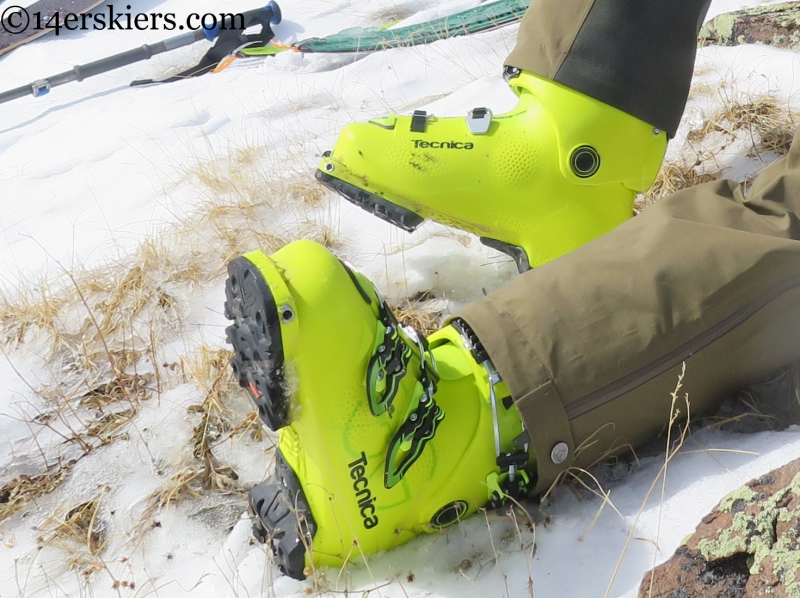
The boot clocks in right around 1500 grams, which makes it just a touch lighter than boots such as the Dynafit Vulcan or Salomon Mtn Lab. It’s a weight savings that is noticeable if you’re coming from a Cochise, or most boots for that matter. These boots are light. OK, you probably won’t see them on the podium of any rando races (I just can’t call it skimo), but they’re light.
Tecnica achieved this weight despite the Zero G Guide being a 4 buckle boot in a variety of ways. The big one was shaving material off the shell wherever they could, including the reinforced “windows” on the cuff seen below.
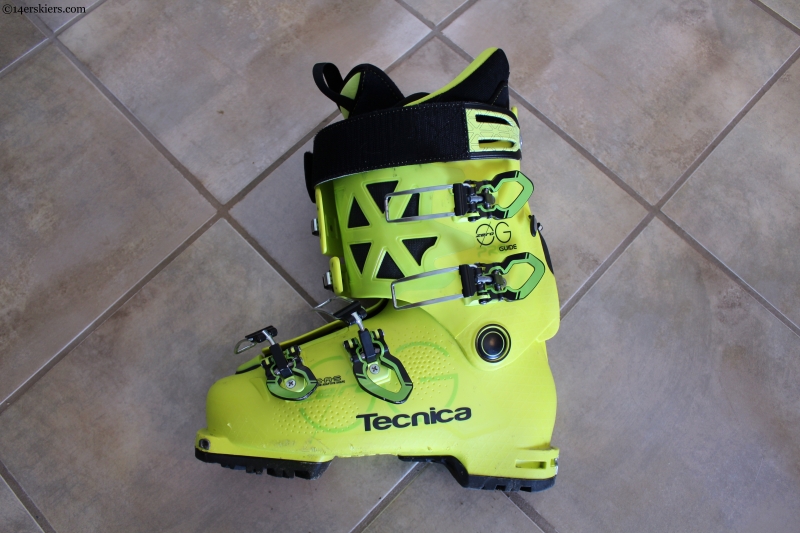
The liner is a heat-moldable Palau liner, and it weighs nearly nothing. If you’re thinking that you’ll switch liners right off the bat, I’d say hold off. They’re light, warm (perhaps even too warm), and fit great after molding. I’m not sure if any performance gains could be had by changing liners, at least until the stock ones get worn out/ packed out.
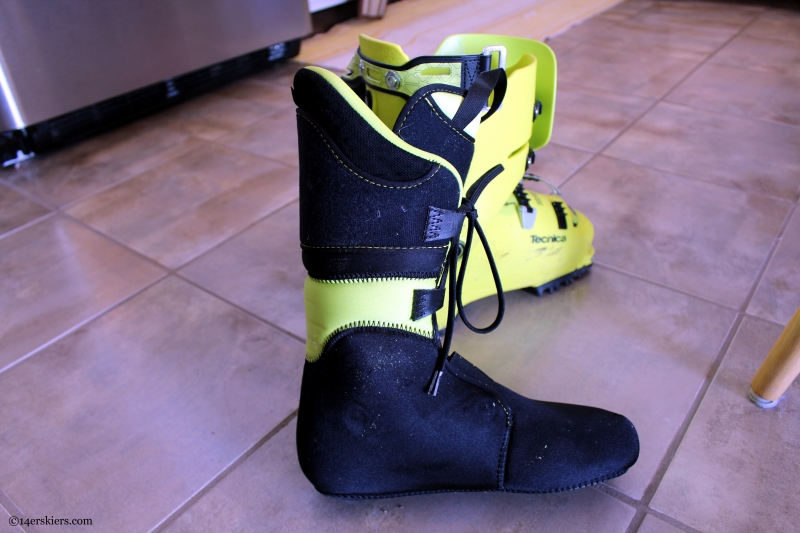
There are a number of small, but important touches on the boot. Unlike my old Cochise boots, the Zero G doesn’t have built-in canting- but the upside of that is a far smoother hinge in walk mode. The buckles are user-replaceable, and I love that they used a Philips screwhead that is likely found on most multi-tools, rather than something obscure like a star head. Another cool thing about the buckles are the tiny stoppers that keep the buckle high and off the boot, so you can get the boot on and off easier without the buckle trying to catch on the ladder. (Take a look at the second buckle in the photo below.)
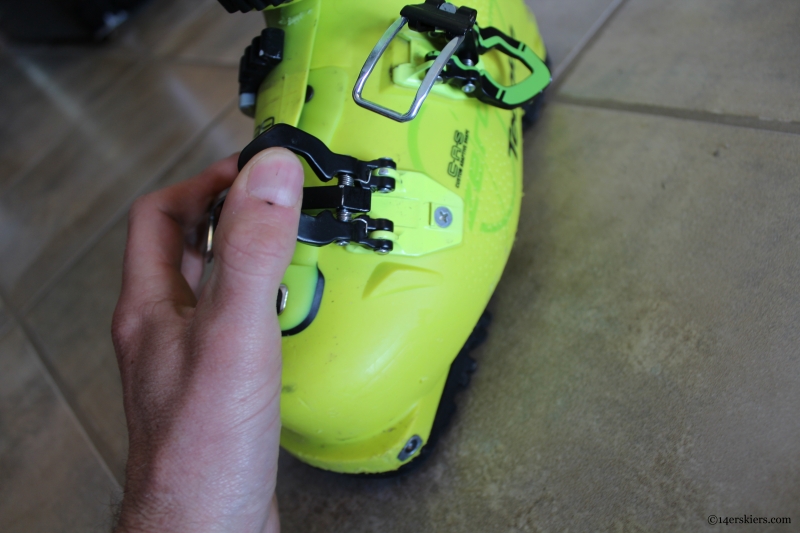
Another improvement from the Cochise is in the lock mechanism. My old Cochises developed quite a bit of play as the metal on metal connection wore out. The Zero G has a spring on the “tooth” part, so even as the metal wears out, the “tooth” will still press hard into the receiving part of the mechanism. The strap is as it should be- and serves to connect the liner and the shell so they work as one. Few things will increase downhill performance as a boot that works as one unit- it drives my absolutely nuts when people remove the strap.
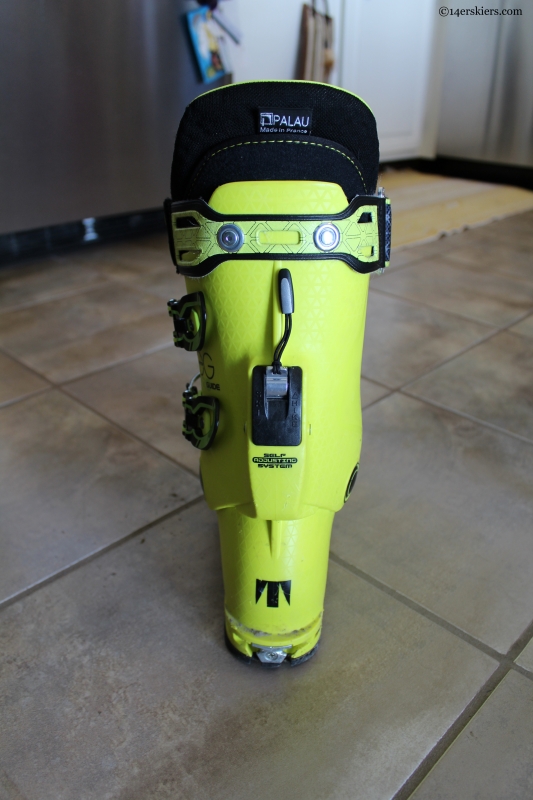
Skywalk soles:
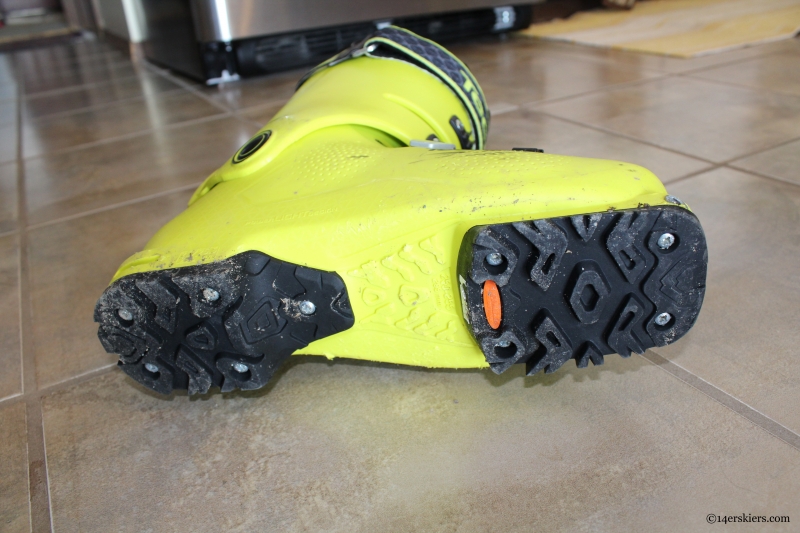
The Zero G fits much better than the old Cochise ever did, for me. The Cochise was too tall for most feet in the toe box. Most Cochise skiers put one, if not two, layers of Bontex under the liners. But then the width got all screwed up and the 6th tow would get crushed. At least that was my experience, and many other skiers felt the same way. The Zero G is the most comfortable AT boot I’ve ever had, pretty much from the get-go once they were molded.
OK, yada, yada, yada- How do they tour, and how do they ski?
First, a little about me for those who don’t frequent this website. I’m 5’7″, 130 pounds, an ex- ski racer and ex- big mountain competitor. For the past few years, I’ve mostly been skiing the original Cochise or the Black Diamond Factor MX. But I’ve also skied the Vulcan, Mtn Lab, La Sportiva Spectre, Atomic Backland, Scarpa Freedom, and others.
While touring, the movement is smooth and seemingly frictionless. The range of motion is adequate, but far less than boots like the Spectre, especially rearward. If you do a lot of flat skinning, this may be a big consideration for you, but I’m usually snowmobiling if it’s a long, flat approach. Forward range of motion is fairly similar to other boots. If you’re skinning steep skintracks, you’re good to go with the Zero G. The walk/ ski mode switch is easy and makes a positive engagement when switching.
It’s when you switch to ski mode that this boot really shines. The Tecnica Zero G is reasonably stiff- pretty much the same as my old Cochise boot, and slightly less than the Factor MX. But there are a couple of areas where it’s even better than the Factor. One- the forward lean is very natural for me, which is perhaps a bit more forward than some new school boots, and that includes the Factor. Two- the flex is very progressive and natural. This is an area that no tongue boot will ever hope to match. There is a huge difference between a boot like the Zero G and a boot like the Vulcan. The Vulcan has two flexes- on, and off. There is nothing in between. For an ex- ski racer like myself, this simply isn’t acceptable. I really don’t understand the love affair that some backcountry skiers have with the Vulcan. I think it’s a horrible boot, best suited for the dumpster (although it tours nicely). Seriously, go ski those boots back to back, the differences will be obvious.
Lateral flex on the Zero G is pretty good as well. If you get in the backseat with the Zero G, however, don’t expect the boot to save your butt the way an alpine boot will. It will let you get in the backseat, and it’s up to you to get back in good position. Here’s a few shots of the Zero G in action:
OK, it sounds like I’m a homer for these boots. Tecnica did give them to me. And I have been skiing Tecnica boots nearly exclusively since my racing years. In fact, the bright yellow-green Zero G Guide boots look quite similar to the junior Grand Prix boots that I raced in back in 1985 or so. But this is a great boot, not a good boot. This is the boot that every company wishes they made. It’s not a ballerina-style featherweight boot that no one wants to ski back down a mountain in. It isn’t a brick. It isn’t something in between that’s OK at everything, but excels at nothing. The Zero G is a good touring boot, and a great ski boot. And that’s how I like it. I hope other boot manufactures try to match the Zero G, or better yet, beat it. Skiing isn’t road biking- let’s see more gear that looks good on a scale but also performs.
Want me to criticize these boots? I can do that. The buckles are too far off the side of the boot. They open while postholing, and will surely get damaged while climbing rocky terrain. That’s the main one so far.
The Tecnica Zero G line-up is now available! Find them at Backcountry.com or Bentgate.com.
- Bluebird Backcountry Ski Area - February 14, 2020
- Gear Review: Smith 4D MAG Goggles - January 6, 2020
- Gear Review: LEKI Tour Stick Vario Carbon Ski Poles - December 9, 2019



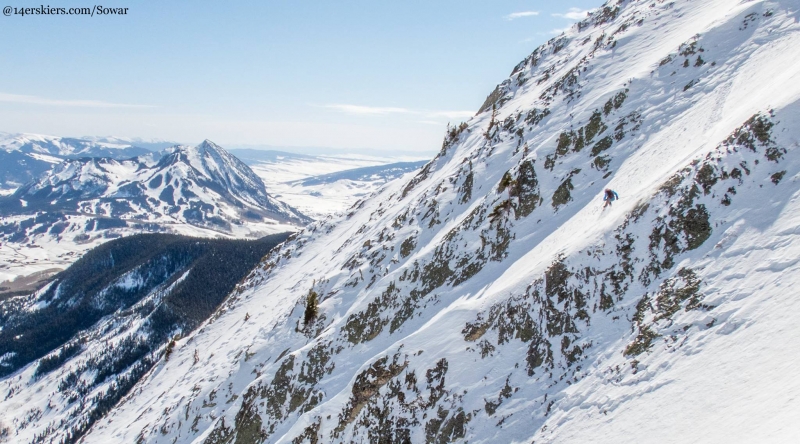
That was well written!
Thanks LL!
I’ve been skiing them for a few months, agree with most of this. The one problem I have is that the ski mode doesn’t go in if there is snow in the walk mode, which has happened a couple of times after bootpacking in deeper snow. Because you can’t reach the walk mode and scrape the snow out this was really quite annoying (=take boot off, hit/shake it and hope for the best). Not a very frequent issue but sucks when it does happen. Otherwise liking the boot a lot.
Thanks for the comment Lea! When that happened, could you go into ski mode at all, or did you just not have a good connection and it was possible to “pop” out of ski mode?
For an uncomfortable amount of time it wasn’t possible at all, after fiddling a bit (taking it off and hitting/shaking) it went in part of the way (could still pop out) and eventually fully after skiing carefully with it for a bit. i assume snow gets packed into the notch-thing that the other thing locks into in ski mode. would be a non issue if you could get at the ski/walk mechanism and scrape the snow out. pretty stoked on the boot anyway.
You mentionned stiffness to be about the same as the Cochise you had before these. Could you elaborate on that? Which Cochise did you have the 120 or 130?
Thanks!
Hey eastcoastDan, thanks for the question. I was using the original 120 Cochise, and that’s the comparison. The zero G is very slightly less stiff- but I actually like the flex better, it’s a little smoother. I’m not sure why, perhaps because the fit is better without 2 layers of bontex, like I needed to do with the 120 Cochise shell…
How do these compare to the Salomon Mtn Lab?
Eastcoastskier, sorry for the slow reply. I have skied the mtnlab, but I haven’t skied these two boots back to back. The mtnlab will tour slightly better by virtue of an increased range of motion. I found the fit to be a bit loose, and wished it had a third buckle- my forefoot could swim around in those mtnlabs. As for skiing, the stiffness is fairly similar, but the Tecnica is far more progressive, compared to the mtnlab’s off/on character.
For me, the Tecnica fits much better, so I’ll take the better fit+ better downhill performance over the slight touring capability of the mtnlab.
Hello! I have seen you are not using the spoilers that you can attach via Velcro to the Palau liners. Is it not useful? or maybe this one doesn’t have given that the shell is slightly higher. I have the previous model.
Julien, sorry for the slow reply- I missed your comment! I used the spoiler in my older Cochise boots, but I never felt the need with this boot. I’m not even sure that it came with spoilers.
Hi, how do they compare t Scarpa sl in flex and instep hight?
Thanks!
Vasja, I’m sorry, but I don’t have any personal experience with the Scarpa.